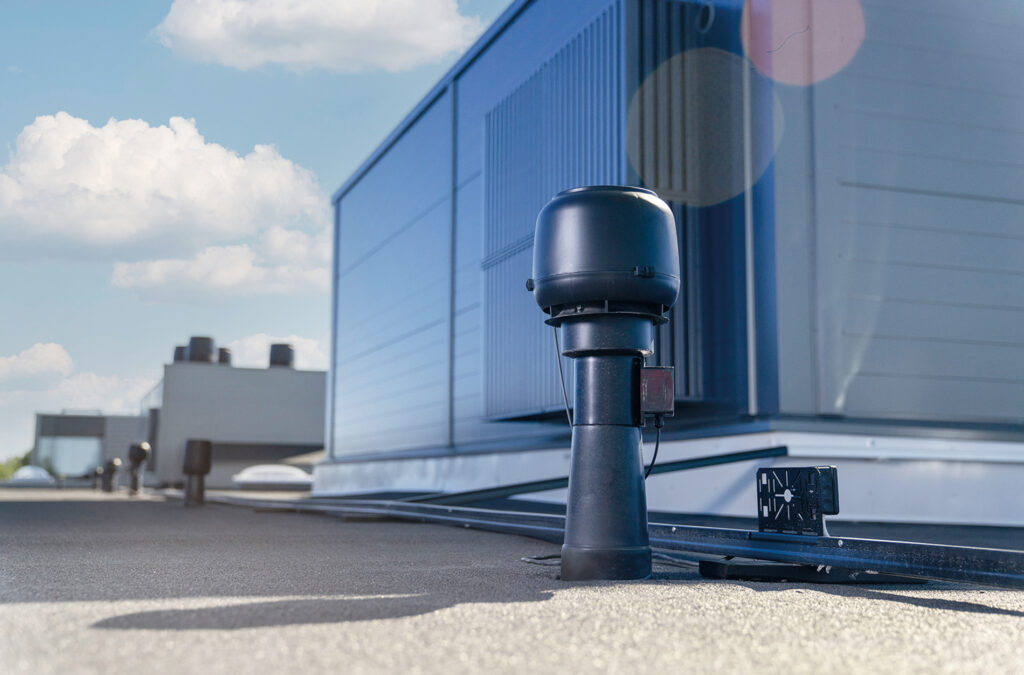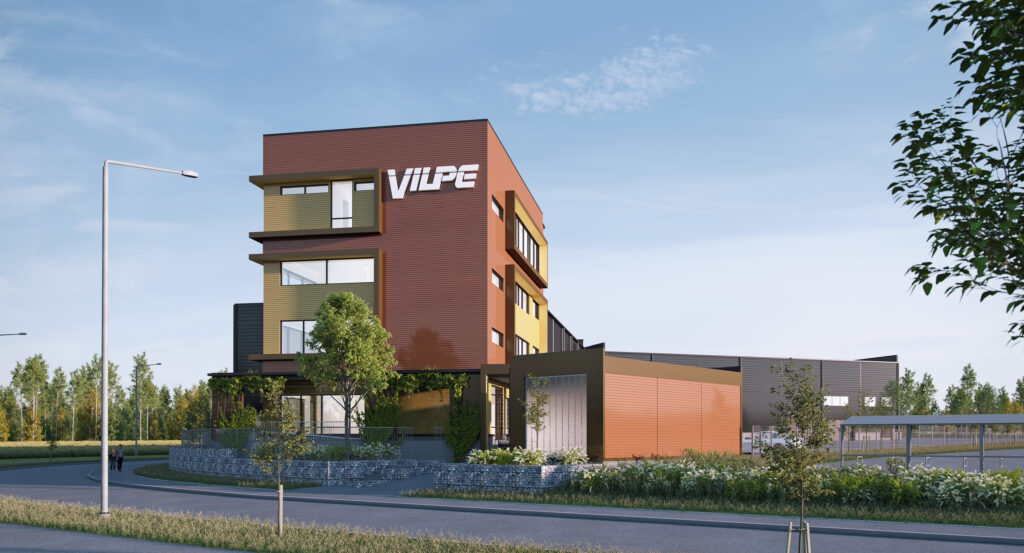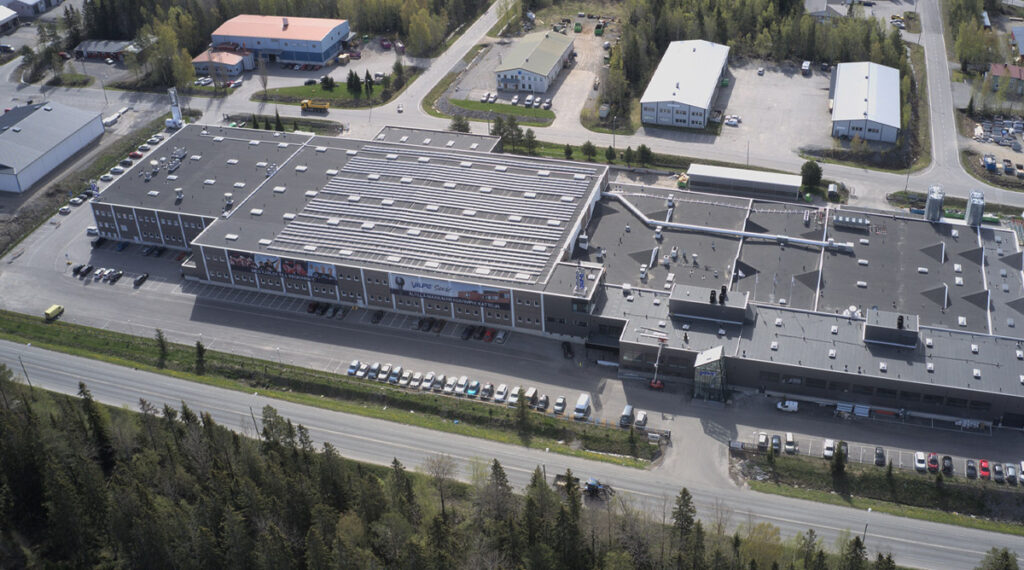Low-carbon construction towards a carbon neutral society

The Finnish government aims to make Finland a carbon neutral country by the year 2035. To achieve this, it is essential to also try to reduce the carbon footprint of the country’s construction industry, as this industry currently produces about a third of Finland’s greenhouse gas emissions. Cooperation and investment from all industries is needed, which is why we at VILPE make investments in order to achieve our carbon neutrality goals. The Ministry of the Environment aims to introduce legislation to control the carbon footprint of buildings throughout their entire life cycle by the year 2025.
According to Pekka Vuorinen, Environmental and Energy Director of the Confederation of Finnish Construction Industries RT, it is not yet possible to talk about fully carbon neutral construction, because it is not clear how emissions should be compensated and how carbon sinks should be chosen. Carbon neutrality means producing only as much emissions as carbon sinks are able to remove from the atmosphere. Low-carbon construction, however, is more than possible and should be pursued by all sectors of the construction industry.
Low-carbon construction is a more environmentally friendly form of construction in which a building’s carbon footprint is as low as possible.
At the same time, it is essential to ensure the building’s overall quality throughout its life cycle, which means that the various technical and functional characteristics of the products and materials used in its construction must be maintained.
“Low-carbon construction aims for sustainable construction, which means a controlled reduction of emissions which result from the construction process. It is essential to minimize emissions from building materials and products without compromising the quality of buildings and structures, in order to avoid major repairs in the future,” says Pekka Vuorinen.
He also underlines the importance of focusing on improving the energy efficiency of buildings, recycling both materials and products.
What can actors within construction industry do?
Vuorinen underlines the fact that the construction process must consider the longevity of buildings, which can be achieved by using high-quality and durable building materials. Plastic is an important material in the construction industry due to its longevity and good heat insulation capabilities. Most of VILPE’s products are made of polypropylene, and this material enables the longevity of our products. The plastic we use lasts for up to 30 years in active use, and is both recyclable and chemically neutral.
Ecological construction is supported by the fact that there is no need to constantly build new buildings to replace the old.
Vuorinen says that there is also potential for reducing emissions, especially when it comes to transporting, recycling and reusing materials. Cement is currently the largest source of emissions in the construction industry, but thanks to EU emissions trading, its emissions will also be significantly reduced in the near future.
“At VILPE, we strive to carry out responsible and environmentally friendly actions, which is also reflected in our company’s values. Sustainability strongly guides our product development, as our goal is to continuously create more energy-efficient solutions. In addition to improving our eco-friendly products, we have also invested in the energy efficiency of our headquarters through installing solar panels and LED lighting as well as building a geothermal energy power plant. We also reuse production material as much as possible,” says Tuomas Saikkonen, the chief executive officer of VILPE.
Learn more about VILPE’s Green Initiatives.

Prospects for the construction industry
Vuorinen says that the Finnish construction industry is constantly moving in the right direction in terms of lowering carbon emissions, and that the current situation is looking good. People are paying more attention to the energy sources and the energy efficiency of their houses. Due to global warming, the climate will change rapidly in the foreseeable future, and the thermal load of buildings will therefore need to be higher – this must be taken into account when designing buildings. The thermal load places new demands on structures and will require a reconsidering of their functionality.
“The construction industry is a chain formed by many actors, and there must be a good understanding of what everyone can do to reduce carbon emissions,” says Pekka Vuorinen.
It is therefore necessary for all actors in the construction sector to move towards this common goal. Through mutual, responsible actions, we can reduce emissions and help Finland achieve its goal of being a carbon neutral country by the year 2035.



